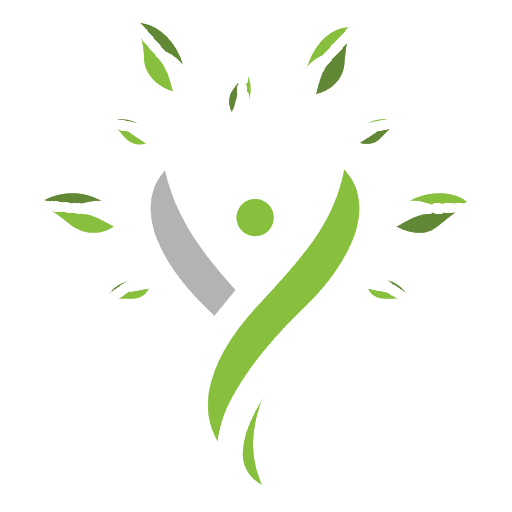
Ayahuasca vs Mushrooms: Psychedelics have gained increasing attention across the globe, and Australia is no exception. Among the most talked-about substances in this realm are Ayahuasca and magic mushrooms (psilocybin). Though both offer profound psychedelic experiences, they differ significantly in their origin, effects, cultural roots, and therapeutic potential.
If you’re curious about how these two powerful plant medicines compare, this guide will walk you through the key similarities and differences between Ayahuasca and mushrooms, especially for those exploring psychedelics in Australia.
What Is Ayahuasca?
Ayahuasca is a plant-based psychedelic brew traditionally used in South American shamanic ceremonies, particularly in the Amazon Basin. It’s made by combining the Banisteriopsis caapi vine and Psychotria viridis leaves, which contain the powerful hallucinogen DMT (dimethyltryptamine).
In recent years, Ayahuasca retreats have become popular worldwide, including with Australians seeking spiritual healing abroad (particularly in Peru, Brazil, and Costa Rica).
Key Points:
- Contains DMT and MAO inhibitors
- Brewed into a tea and consumed in ceremonial settings
- Produces intense, often purgative, experiences
- Typically lasts 4 to 6 hours
- Strong associations with shamanism and spiritual healing
What Are Magic Mushrooms?
Magic mushrooms (or psilocybin mushrooms) contain psilocybin, a naturally occurring psychedelic compound that converts to psilocin in the body. They grow naturally in various parts of the world, including Australia, where species like Psilocybe subaeruginosa are found in the wild.
Psilocybin mushrooms have been used both recreationally and medicinally, and they are at the forefront of psychedelic-assisted therapy research.
Key Points:
- Contains psilocybin/psilocin
- Eaten dried or brewed into tea
- Produces introspective, visual, and emotional effects
- Effects last 4 to 6 hours
- Increasing research on mental health benefits
Ayahuasca vs Mushrooms: Side-by-Side Comparison
| Aspect | Ayahuasca | Magic Mushrooms |
|---|---|---|
| Active Compound | DMT + MAOIs (from B. caapi vine) | Psilocybin (converted to psilocin) |
| Duration | 4–6 hours (can vary with dose and ceremony) | 4–6 hours |
| Experience Type | Deeply spiritual, intense, often includes purging | More mental, introspective, visual, and emotional |
| Setting | Traditional ceremonies, often in South America | Can be taken recreationally or therapeutically |
| Legality (Australia) | Illegal; DMT is a controlled substance | Psilocybin is illegal, but being researched for therapy |
| Therapeutic Use | Trauma, depression, addiction, spiritual growth | Depression, PTSD, anxiety, addiction |
| Risks | Strong nausea, vomiting, emotional overwhelm | Possible anxiety, paranoia, bad trips if not prepared |
Therapeutic Potential: Healing with Psychedelics
In recent years, both Ayahuasca and psilocybin mushrooms have shown promise in the fields of mental health and trauma therapy. While Ayahuasca is traditionally used to uncover deep-seated emotional blockages, psilocybin is being studied in clinical settings for its ability to “reset” the brain and improve conditions like major depression.
In Australia:
- Psilocybin-assisted therapy has been approved for certain treatment-resistant mental health conditions since 2023, under the Therapeutic Goods Administration (TGA).
- Ayahuasca remains illegal in Australia, though some Australians seek it through overseas retreats.
Which One Is Right for You?
Choosing between Ayahuasca and mushrooms depends on your intention, mental health, spiritual beliefs, and access. If you’re looking for a structured, spiritual awakening with ceremonial support, Ayahuasca may be more aligned. If you’re seeking self-reflection, creativity, or mood elevation, psilocybin mushrooms could be the better option.
However, both substances are powerful and should be approached with respect, preparation, and awareness of the risks.
Safety Tips for Australians Exploring Psychedelics
- Know the law: Both DMT and psilocybin are currently Schedule 9 substances under Australian law, meaning their possession and use are illegal outside approved clinical trials or therapy.
- Set and setting matter: Use in a safe, comfortable environment with trusted people.
- Mental health status: If you have a history of psychosis or severe mental illness, avoid using psychedelics without medical supervision.
- Start low: Especially with mushrooms, start with a low dose if it’s your first time.
Final Thoughts
Ayahuasca and magic mushrooms are two of nature’s most powerful psychedelics, each with unique effects and healing potential. As Australia’s psychedelic landscape evolves, especially with the growing acceptance of psilocybin therapy, it’s important to stay informed, safe, and intentional in your exploration.
Whether you’re curious for spiritual growth, mental health support, or simply expanding your consciousness, understanding the differences between Ayahuasca and mushrooms is the first step toward a meaningful psychedelic journey.
Ayahuasca vs Mushrooms

